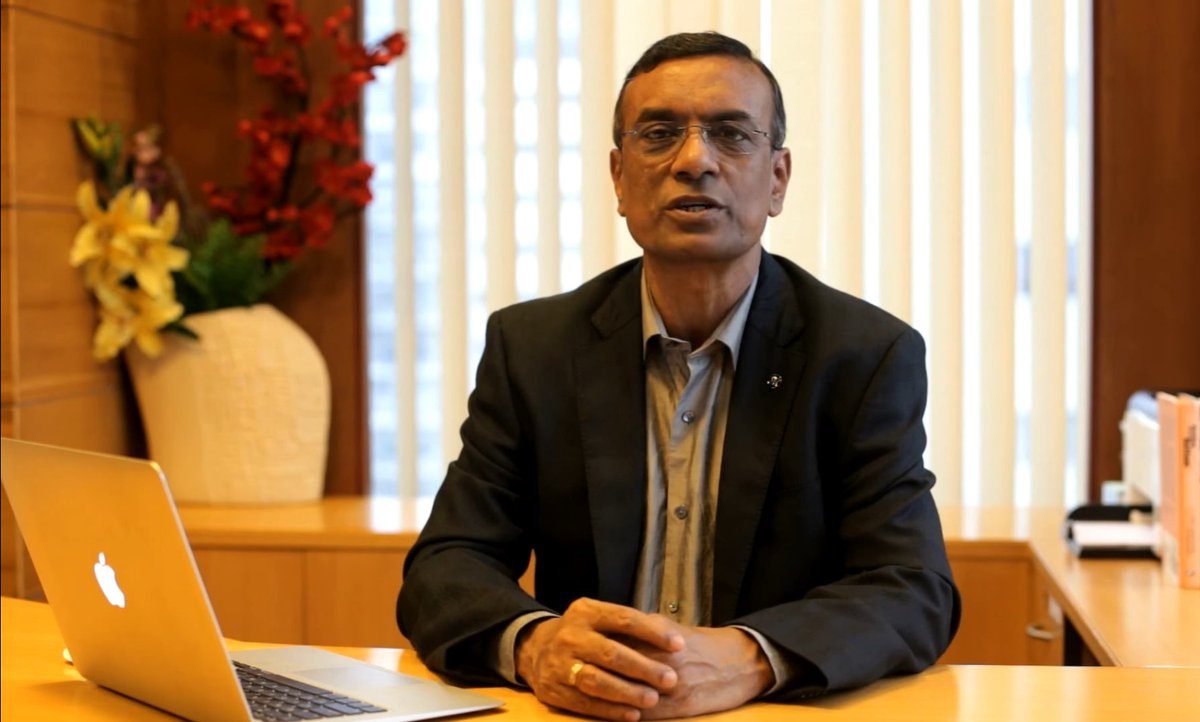
Son of Bangladeshi refugees, Chandrashekhar Ghosh managed to build a banking business in 27 states with 615 branches across India, with over 19,500 employees. And all of this in merely 15 years!
Time for a thread!
🧵👇
Time for a thread!
🧵👇
Chandrashekhar Ghosh was born into a family of Bangladeshi refugees who settled in Agartala. As a kid, he worked at his father’s small sweet shop.
He completed his education in 1985 and joined @Brac, an international NGO based in Bangladesh. The same year, he lost his father.
He completed his education in 1985 and joined @Brac, an international NGO based in Bangladesh. The same year, he lost his father.

As the NGO worker, Chandrashekhar witnessed dehumanizing hunger, villagers who slept for three days in a row without any meals.
Distressed, he would hand over a 50-taka note to help, fully aware that donations were not a help to these people.
Distressed, he would hand over a 50-taka note to help, fully aware that donations were not a help to these people.
Moneylenders would lend vendors Rs 500 each and take away Rs 5 as interest. The borrowers ended up paying more than 700 percent interest a year!
This is where Chandrashekhar smelled an opportunity.
This is where Chandrashekhar smelled an opportunity.
What if Chandrashekhar took a bank loan and instead of Rs 5, charged Re 1. This way the vendor would make Rs 4, their income would go up and scale their business. Based on this crude idea, he decided to quit his job.
The banks however did not share the same enthusiasm.
The banks however did not share the same enthusiasm.
Chandrashekhar failed to meet the loan criteria. In the end, he raised a sum of Rs 2 Lakh, a large sum from family and friends. He started his microfinance NGO, Bandhan–Konnagar.
The business however turned out to be tough and without scaling up, little impact could be made.
The business however turned out to be tough and without scaling up, little impact could be made.
The biggest challenge @bandhanbank_in faced was creating trust among poor people. Chandrashekhar would go door to door personally to try and win their confidence.
He even received threats from money lenders. Rumors were spread among villagers that he was into human trafficking!
He even received threats from money lenders. Rumors were spread among villagers that he was into human trafficking!
Attracting talent was the next big challenge. Candidates who had passed higher secondary exams in the third division, and were around 23 years old, were asked to apply. Chandrashekhar wanted people with hunger, who knew exactly how tough the market was.
Within 18 months, the banks noticed the impact the scrappy NGO was making. In 2002, when @sidbiofficial approved Rs 20 lakh as a loan. All microfinance work was transferred from the NGO to an NBFC.
Later IFC and SIDBI picked up stakes in @bandhanbank_in.
Later IFC and SIDBI picked up stakes in @bandhanbank_in.
Before long, @bandhanbank_in commenced its operations as a universal bank, which operates in 27 states with 615 branches, 2,022 Doorstep Service Centres, and 205 ATMs and over 19,500 employees.
@bandhanbank_in now touches the lives of over 70 lakh people and has a base of over 2.64 lakh women self-help groups.
@bandhanbank_in was also ranked 1st in India and the 2nd in the world as per the Forbes list of the world’s top 50 microfinance institutions, in 2007.
@bandhanbank_in was also ranked 1st in India and the 2nd in the world as per the Forbes list of the world’s top 50 microfinance institutions, in 2007.

To this day, Chandrashekhar says, “I am committed to the poor and that will always remain my focus.”
To know more about the story of Chandrashekhar and
@bandhanbank_in head over to:
👇👇👇
corporatecitizen.in/v2-issue3/cove…
For more such bite sized, unknown stories of well known entrepreneurs follow me at
@_BizBytes
@bandhanbank_in head over to:
👇👇👇
corporatecitizen.in/v2-issue3/cove…
For more such bite sized, unknown stories of well known entrepreneurs follow me at
@_BizBytes
• • •
Missing some Tweet in this thread? You can try to
force a refresh





